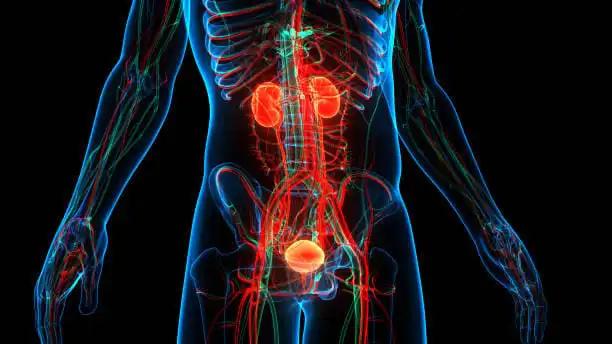KEY TAKEAWAYS
- The CheckMate 274 trial is a phase 3, double-blind trial of adjuvant nivolumab versus placebo for high-risk MIUC after radical resection.
- The trial met its primary endpoints, showing that nivolumab improved disease-free survival (DFS) versus placebo in the intent-to-treat (ITT) population and patients with tumor-programmed death ligand 1 (PD-L1) expression ≥ 1%.
- The DFS benefit was seen in most subgroups, including age, sex, ECOG PS, nodal status, prior cisplatin-based chemotherapy, and PD-L1 status.
- Nivolumab also showed benefits in NUTRFS and DMFS in both ITT patients and in patients with PD-L1 ≥ 1%.
- The extended follow-up data further support adjuvant nivolumab as a standard of care for high-risk MIUC after radical resection.
The disease-free survival (DFS) and the proportion of patients with PD-L1-expressing tumors (the 2 primary objectives of the CheckMate 274) were achieved. In addition, extensive follow-up information is provided.
After radical resection for high-risk muscle-invasive urothelial carcinoma (MIUC) of the bladder, ureter, or renal pelvis, CheckMate 274 is a phase 3, a double-blind experiment comparing adjuvant NIVO against PBO. Participants were given a choice between receiving NIVO (240 mg every 2 weeks) or placebo (placebo) for a minimum of a year of treatment. High-risk UC on pathology was present in these patients, and they also had an ECOG performance level of 1 or lower.
The primary objectives were overall survival and DFS among those with PD-L1 1%. In addition, subsets of DFS data were evaluated as planned. Patients in the intent-to-treat (ITT) population and those with PD-L1 1% were also evaluated for overall survival and non-urothelial tract recurrence-free survival (NUTRFS) as secondary objectives. Both safety and distant metastasis-free survival (DMFS) were considered secondary objectives.
There were 353 patients in the NIVO group (PD-L1 1%, n = 140) and 356 in the PBO group (PD-L1 1%, n = 142). Median progression-free survival (DFS) was 22.0 months with NIVO against 10.9 months with PBO in ITT patients, and 52.6 months with NIVO versus 8.4 months with PBO in patients with PD-L1 1% and a median follow-up of 36.1 months (minimum follow-up, 31.6 months). DFS advantage was observed across most subgroups, regardless of age, sex, ECOG PS, nodal status, prior cisplatin-based treatment, or PD-L1 status.
Moreover, both populations benefited from NIVO compared to PBO regarding NUTRFS and DMFS (Table). Consistent with the primary analysis, 18.2% of patients in the NIVO arm and 7.2% in the PBO arm experienced treatment-related adverse events in grades 3-4. They will lock the database and calculate the cumulative survival rate at some unspecified point.
Long-term monitoring showed that NIVO’s advantages over PBO in terms of DFS, NUTRFS, and DMFS persisted. According to the primary analysis, the hazard ratio (HR) for DFS and NUTRFS in PD-L1 1% patients and DMFS in ITT and PD-L1 1% patients continued to decrease. To date, no other warning signs have been found. Thus, their findings lend even more credence to using adjuvant NIVO following radical resection for high-risk MIUC.
Source: https://meetings.asco.org/2023-asco-gu-cancers-symposium/15168?presentation=216467#216467
Clinical trial:https://clinicaltrials.gov/ct2/show/NCT02632409/
No results of DOI.



